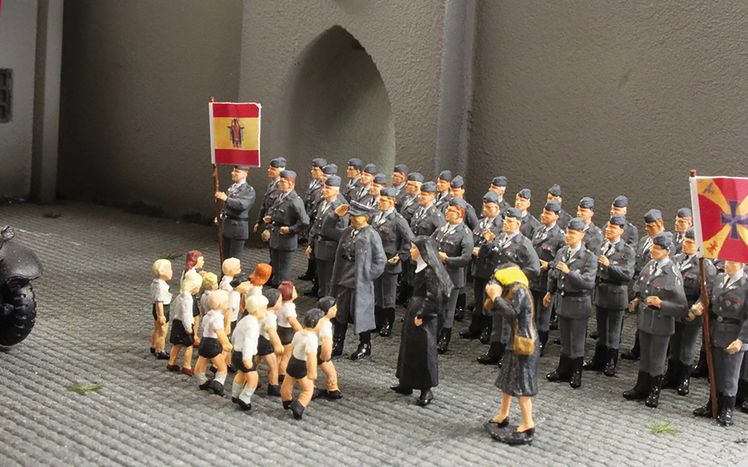5500 - 2200 B.C.
Die Jungsteinzeit ist die Epoche der Menschheitsgeschichte, die den Beginn des Überganges von Jägern und Sammlern hin zu sesshaften landwirtschaftenden Menschen kennzeichnet.
The Fortress
When people are confronted with threats from another tribe or clan, they seek protection in their fortress built from palisades on the crest of a nearby hill. It also serves as a pagan place of worship, and has an opening to the East and West. Already, people have some knowledge of natural processes and the seasons. They observe the course of the stars and the sun.

















